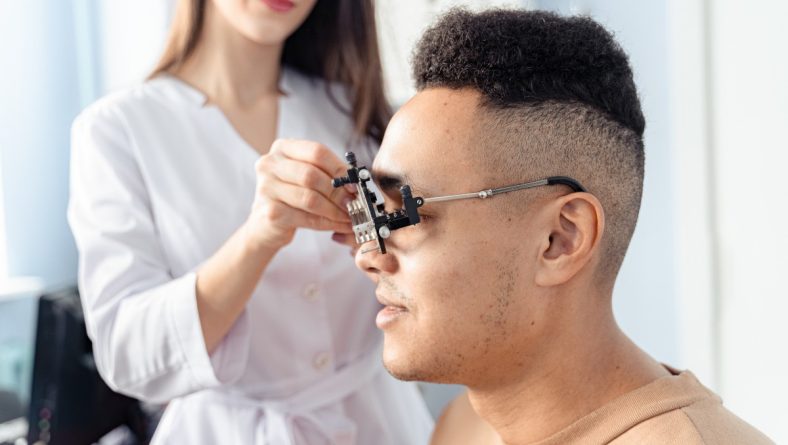Types of Vision
The type of vision can be as unique to a person as their personality or their sense of style. We are created differently and that makes us unique. It is different in every single person, but some visual
problems are quite common. Some have nearsightedness or myopia, farsightedness or hyperopia, astigmatism, or near-perfect eyesight. The first type of vision is Emmetropia, if you have Emmetropia, you don’t need lenses to correct your vision because it means you have ideal distance vision. If you have astigmatism it means that your eye is not circular, and instead is shaped like a football. This causes some of the light rays to focus on the retina and some to focus in front or behind the retina. This can make shadows, double images, or ghosting. Often people will have astigmatism merged with nearsightedness or farsightedness.
Near-sightedness occurs when the cornea which is located at the front of the eye is too steep, or the eye is too long, and the light rays focus in front of the retina, rather than on the retina as they must. If you are nearsighted, it means that you can see well things up close, but things at a distance appear blurry. However, Farsightedness occurs when the cornea which is located at the front of the eye is too flat or the eye is too short, and the light rays focus behind the retina, rather than on the retina as they must. If you are farsighted it means that you can see well things at a distance, but things up close are blurry. Sometime between the ages of 40-50 people start to have difficulty with reading vision. Finally, presbyopia is the gradual loss of your eye’s ability to focus on nearby objects because as we age, the eye also ages and the lens in the eye becomes harder in which the muscles have a more difficult time focusing on the lens. These conditions can be corrected by glasses, contacts, lens implants, or in some cases LASIK.











 powerhousegroup.net
powerhousegroup.net